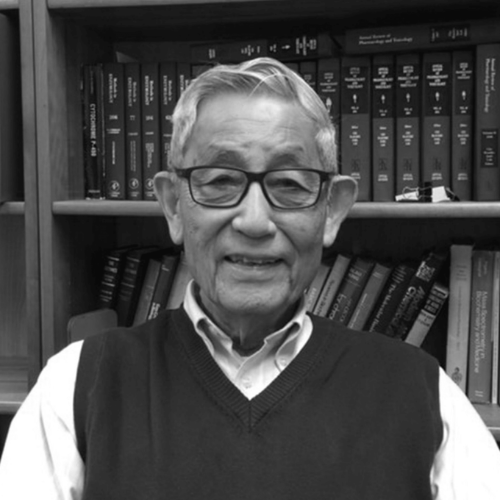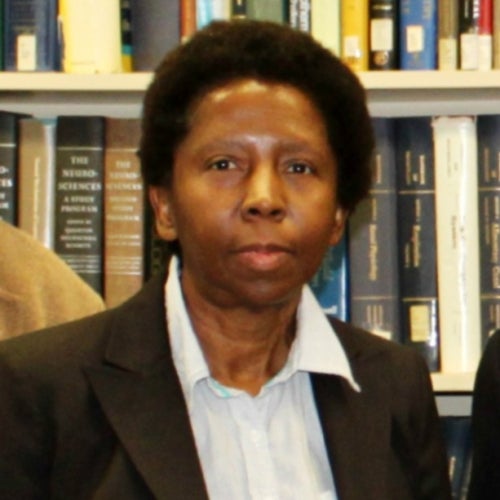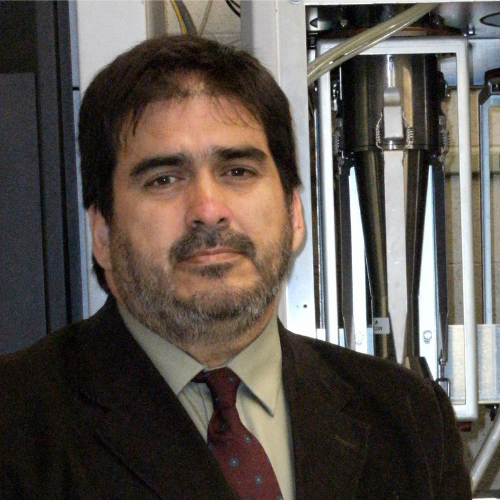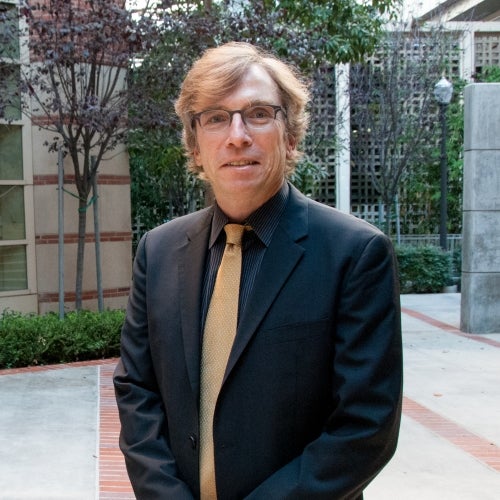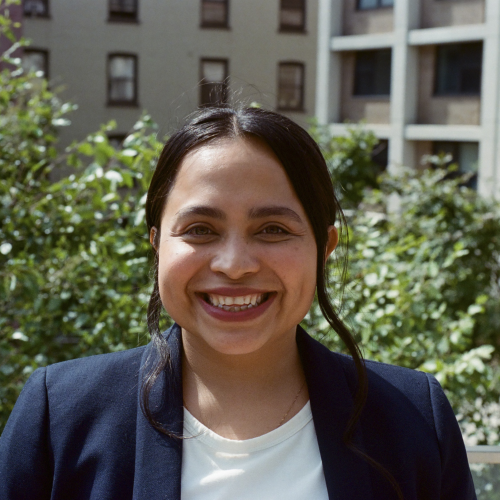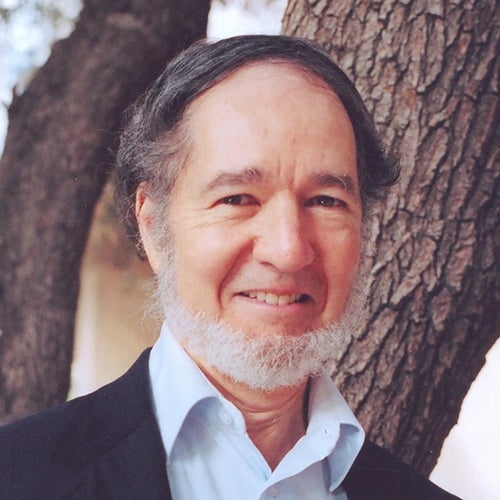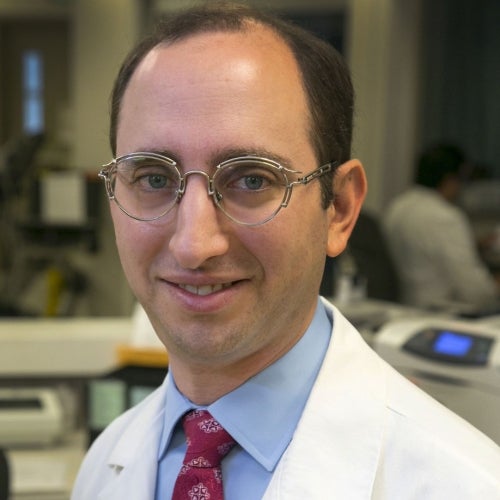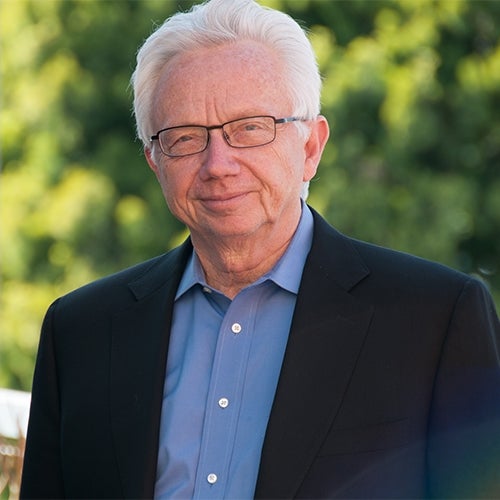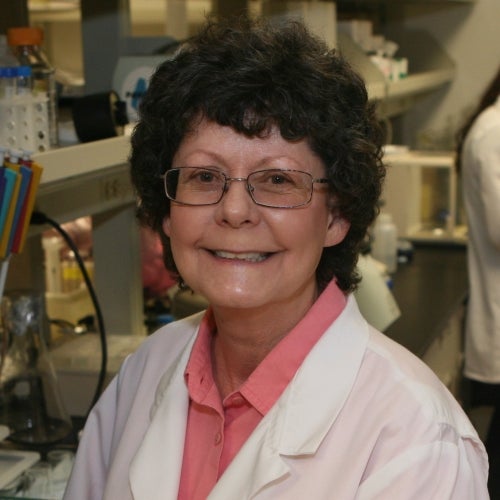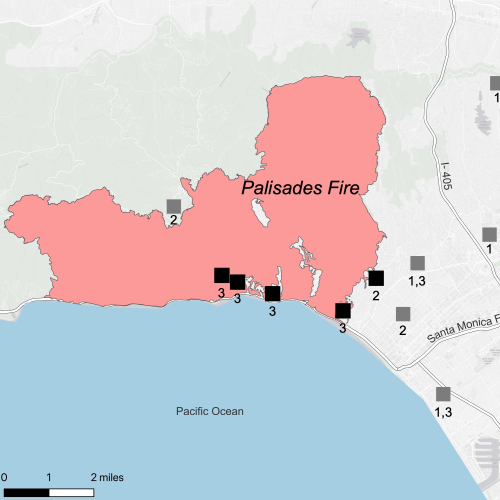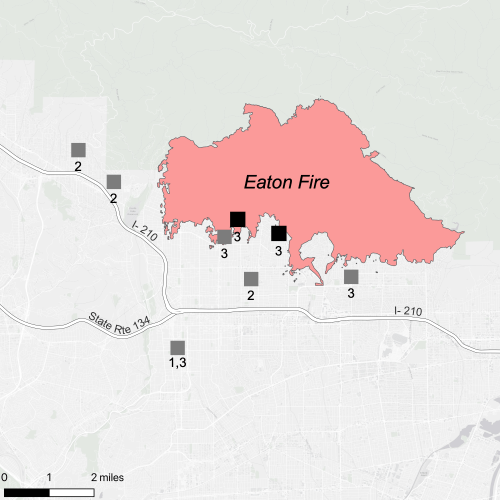Ditching cigarettes for smokeless tobacco can help cut cardiovascular risks, study finds
Research co-authored by Dr. Jian Li found that users of smokeless products had lower levels of inflammation and oxidative stress biomarkers.

Regular smokers are at heightened risk of developing cardiovascular disease, but crushing the butts in favor of a “smokeless” alternative like chewing tobacco, snuff or tobacco lozenges may go a long way toward bringing the danger down to a more normal level, a new UCLA-led study shows.
The findings also indicate that the primary culprit in smokers’ increased risk is not nicotine but other chemicals found in tobacco smoke. Both cigarettes and smokeless tobacco products contain large quantities of nicotine.
The study, published this month in the journal Nicotine and Tobacco Research, involved a team of researchers from UCLA, UC San Francisco, Boston University and the University of Texas at Arlington.
The researchers analyzed data from a nationally representative group of 4,347 adults who provided urine and blood samples in 2013–14 as part of the Population Assessment of Tobacco and Health Study. Among this group, 338 used only smokeless tobacco, 3,034 smoked cigarettes exclusively and 975 had never used tobacco in any form.
The team looked specifically at biomarkers of tobacco exposure and biomarkers of inflammation and oxidative stress, which predict cardiovascular disease risk, in each of the three subgroups.
“Our findings show that despite having higher levels of nicotine, exclusive smokeless tobacco users had significantly lower concentrations of inflammation and oxidative stress biomarkers than cigarette smokers,” said lead author Dr. Mary Rezk-Hanna, an assistant professor at the UCLA School of Nursing. “Levels of these biomarkers among smokeless tobacco users were similar to those of ‘never’ smokers.”
The study also found that smokeless tobacco users who had formerly been cigarette smokers had lower levels of both inflammatory and oxidative stress biomarkers and tobacco exposure biomarkers than current exclusive cigarettes smokers, even though they had higher nicotine levels. Roughly 84% of both groups were daily tobacco users.
“Regarding the risk of cardiovascular disease, the findings from our study based on a national representative sample indicate some benefits to switching from cigarettes to smokeless tobacco. However, research evidence suggests that smokeless tobacco use is also associated with higher risk of oral diseases including certain cancers,” said Li, who also teaches at the UCLA School of Nursing. "There is no truly ‘safe’ level exposure to tobacco.”
The high levels of disease-related biomarkers in smokers were not surprising, Rezk-Hanna noted, since research has shown that cigarette smoking and other forms of combusted tobacco expose users to high levels of chemicals that cause inflammation and oxidative stress. Chronic inflammation increases the risk of potentially deadly diseases, while oxidative stress — which results from an imbalance between cell-damaging molecules called free radicals and antioxidants, which fight free radicals — can lead to cardiovascular, pulmonary, neurological and other diseases, including cancer.
Less has been known about the association between cardiovascular disease risk and smokeless tobacco, Rezk-Hanna said, but the study results demonstrate that smokeless tobacco use is less likely to lead to the heightened levels of cardiovascular disease–related biomarkers seen in smokers.
Still, few smokers make the switch. A longitudinal study published in 2009, for example, found that only 0.3% of cigarette smokers had shifted to smokeless tobacco, and cigarettes continue to far outpace smokeless products in popularity. But Rezk-Hanna cautioned that smokeless tobacco carries its own dangers.
“Smokeless tobacco use is not without harm,” she said. “There is evidence that its use is associated with certain cancers, diseases of the mouth and nicotine addiction, and long-term use may increase the risk of death from stroke.”
The researchers’ statistical analysis of participants’ data made adjustments for factors such as age, gender, cardiovascular disease diagnoses and body mass index. Nearly all smokeless tobacco users — 96% — were male, compared with 53% of cigarette smokers and 38% of those who never used tobacco. Among smokeless tobacco users, 47.2% had reported previous diagnoses of cardiovascular disease, as had 40.4% of cigarette smokers and 34.7% of non–tobacco users.
The biomarkers analyzed — including heavy metals, cancer-causing compounds known as polycyclic aromatic hydrocarbons and toxic gaseous chemicals called volatile organic compounds — were measured at the Centers for Disease Control and Prevention’s Division of Laboratory Sciences.
Study co-authors include Umme Shefa Warda, a statistician at the UCLA School of Nursing; Paul Macey, an associate professor at UCLA’s School of Nursing; Yeonsu Song, an assistant professor at UCLA’s School of Nursing; Mary-Lynn Brecht, an adjunct professor at UCLA’s School of Nursing; and Neal Benowitz, a professor of medicine at the UC San Francisco School of Medicine.
The research was supported in part by the National Heart, Lung and Blood Institute, part of the National Institutes of Health.
by Stuart Wolpert
The UCLA Fielding School of Public Health, founded in 1961, is dedicated to enhancing the public's health by conducting innovative research, training future leaders and health professionals from diverse backgrounds, translating research into policy and practice, and serving our local communities and the communities of the nation and the world. The school has 761 students from 26 nations engaged in carrying out the vision of building healthy futures in greater Los Angeles, California, the nation and the world.
Faculty Referenced by this Article

Associate Professor for Industrial Hygiene and Environmental Health Sciences
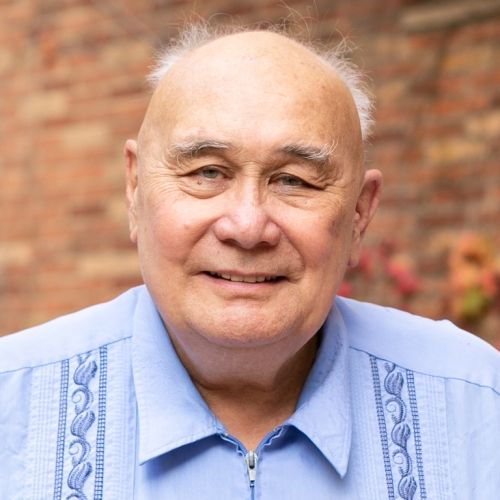
Industrial Hygiene & Analytical Chemistry

Dr. Hankinson is a Distinguished Professor of Pathology and Laboratory Medicine, and of EHS, and Chair of the Molecular Toxicology IDP



